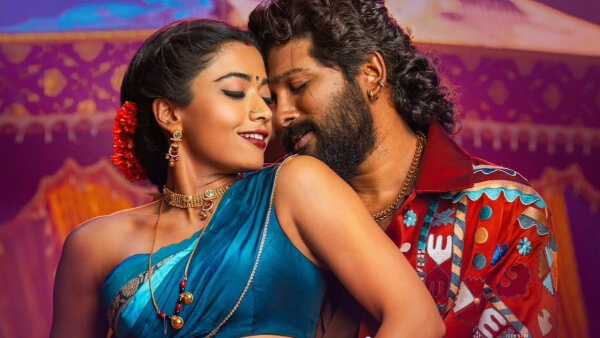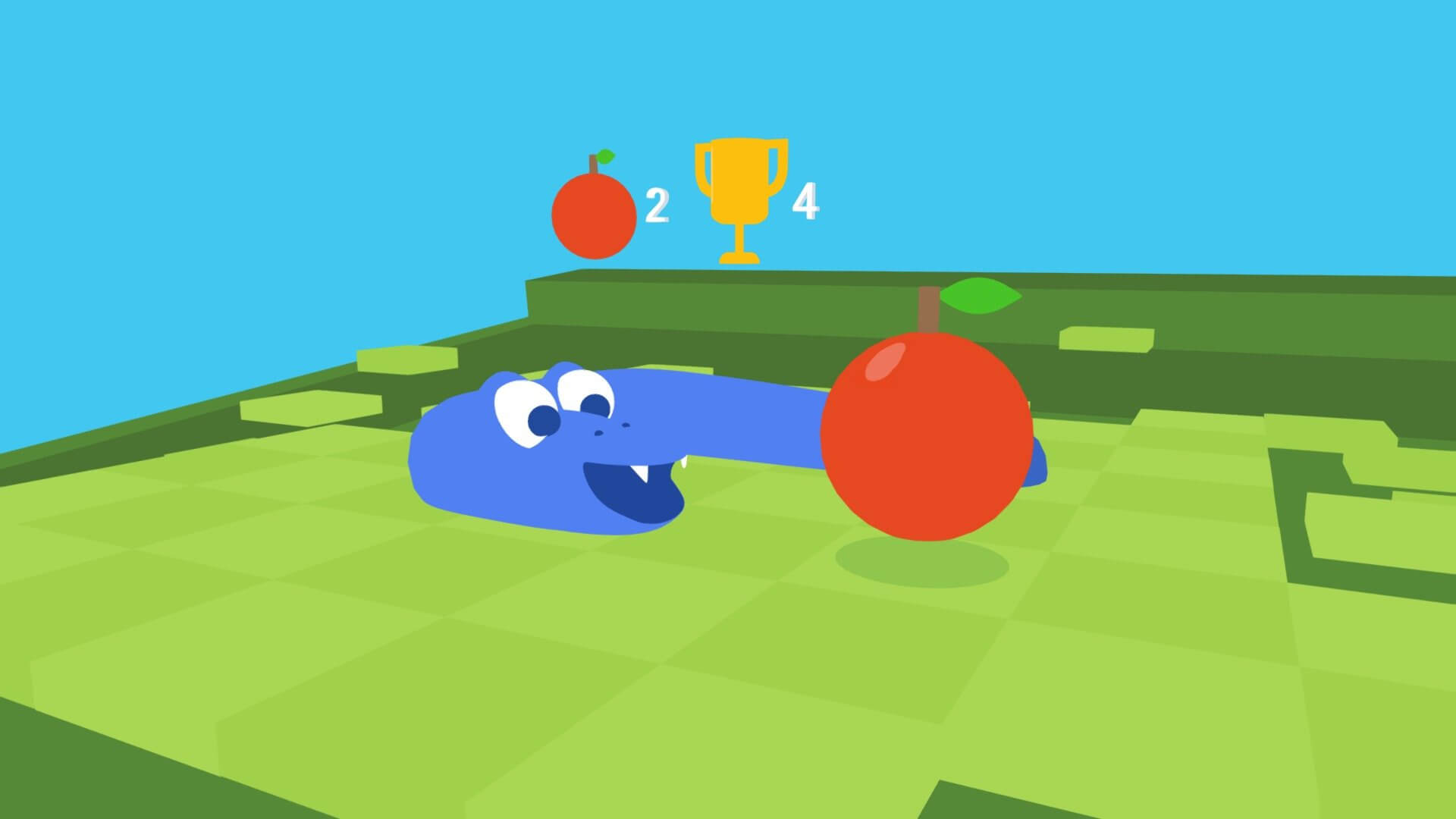Content Attributes
Epic fantasy, i.e. the kind that spans an entire movie trilogy, has experienced a remarkable comeback over the past few years. The genre was born sometime in the late 19th century with the works of William Morris but epic fantasy arguably had its mainstream debut with Peter Jackson’s Lord of the Rings trilogy of 2001-2003. Previously, franchises like Conan the Barbarian and Dungeons & Dragons had a much more niche appeal.
Strangely enough, the epic fantasy genre continues to grow. Even long-serving properties like The Witcher keep gaining new fans. Andrzej Sapkowski’s Geralt of Rivia first appeared in 1986 but it took another three decades, three video game adaptations, and a Netflix series before the legendary swordsman became a household name. With a new series now due, it’s unlikely that Geralt is going to fall back into obscurity anytime soon.
The Legend of Zelda
What exactly is epic fantasy, though? Roughly analogous to high fantasy, this genre tends to depict vast fully-formed worlds, often with their own languages, politics, religions, and races. A good recent example is Game of Thrones, which includes common fantasy tropes like magic (“the higher mysteries”), dragons, and monstrous humanoids, which reside far to the north of civilization, beyond The Wall.
Part of the lure of high fantasy is these brand-new places. Shorn of the harsh restrictions imposed by our own universe, such as gravity and the impossibility of magic, fantasy movies and books can get away with just about anything. The Dungeons & Dragons setting is based around lots of alternate realities or ‘planes’, for instance, arranged according to their various attributes.
This type of world-building is at the heart of most video games too. Bethesda’s The Elder Scrolls series is perhaps the archetype for high fantasy on consoles and PC, thanks to the enormous success of the fifth entry, Skyrim, but Monster Hunter, The Legend of Zelda, and Final Fantasy continue to produce epic stories all of their own. In the latter case, the locations depicted often have cyberpunk and steampunk aesthetics.
Lara Croft
Of course, it’s impossible to talk about high fantasy in gaming without mentioning the MMO genre. World of Warcraft set the standard for this kind of multiplayer experience but almost all the franchises named above now exist as either a paid or F2P MMORPG. The advantage to the latter, of course, is that they’re easily accessible. While most players favor the PC gaming setup, there’s no requirement to have state-of-the-art equipment as these titles don’t require excessive processing power.
With their frequent depiction of absurd characters and plotlines, it’s debatable whether all video games actually fall into the high fantasy bracket. Tomb Raider, which appears to be (mostly) grounded in reality, still depicts dinosaurs, dragons, and ancient magic. That’s not to mention the fact that protagonist Lara Croft’s skill set is at the far extreme of what a human being is capable of.
The previous might sound like sacrilege to high fantasy purists – and, let’s be honest, it is – but themes common to the genre now run through all types of media, regardless of what format it’s presented in.



